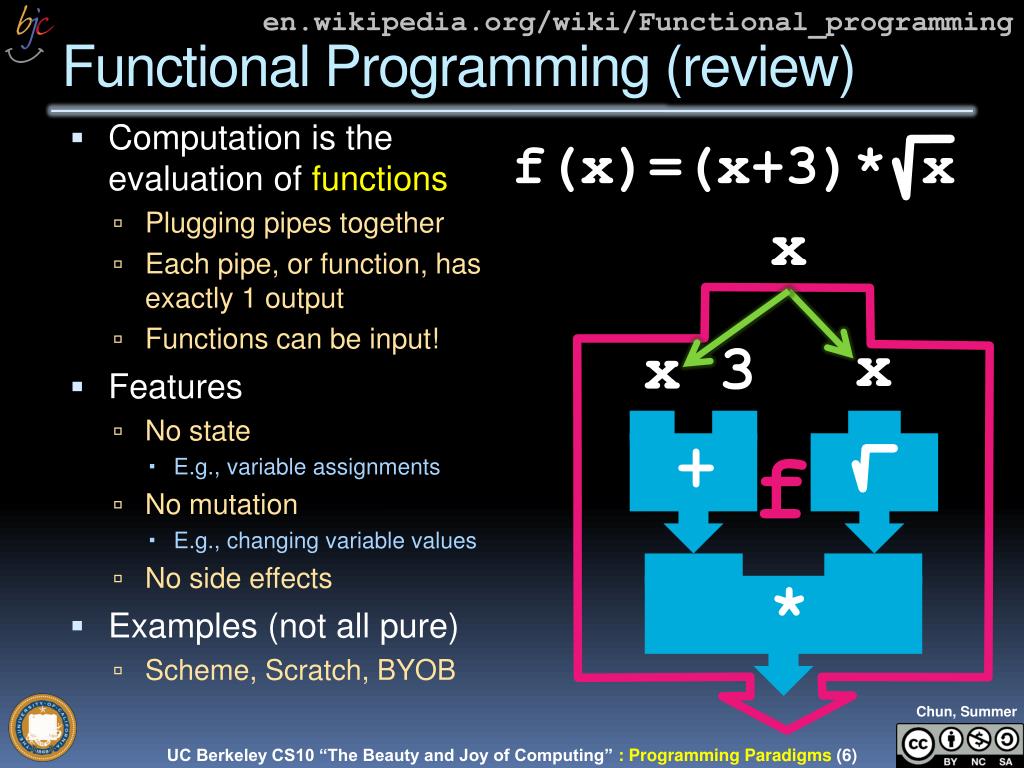
The book is oriented on a wide enough circle of the users from computer mathematics systems, researchers, teachers and students of universities for courses of computer science, physics, mathematics, and a lot of other natural disciplines. The MathToolBox not only contains a number of useful procedures and functions, but can serve as a rather useful collection of programming examples using both standard and non-standard techniques of functional-procedural programming. The freeware package MathToolBox containing the above means is attached to the present book.

In addition, it must be kept in mind that the classification of the presented tools by their appointment in a certain measure has a rather conditional character because these tools can be crossed substantially among themselves by the functionality. Among them there are means that are of interest from the point of view of including of their or their analogs in Mathematica, at the same time they use approaches, rather useful in programming of various applications.

It ’s important to put parentheses around the whole pure function, as in ColorFunction ( Hue &), or it won ’t be interpreted as you expect.Software presented in the book contains a number of useful and effective receptions of the procedural and functional programming in Mathematica that extend the system software and allow sometimes much more efficiently and easily to program the software for various purposes. A form like x x^2 coincides with the standard mathematical notation for “ x is mapped to x^2 ” or “ x becomes x^2 ”. It sometimes makes for good-looking code to write Function as x x^2.

And sometimes you may have to use Function with a named variable, as in Function rather than #^2 &, to avoid conflicts between uses of # in different functions. Be careful if you have multiple nested & ’s in an expression! Sometimes you may have to insert parentheses.It ’s sometimes useful, particularly if one doesn ’t want to have to explain pure functions. Confusingly, the term “pure function ” sometimes just means a function that has no side effects (i.e. They ’re often called lambda expressions, after their use in mathematical logic in the 1930s. Pure functions are a characteristic feature of functional programming.



 0 kommentar(er)
0 kommentar(er)
